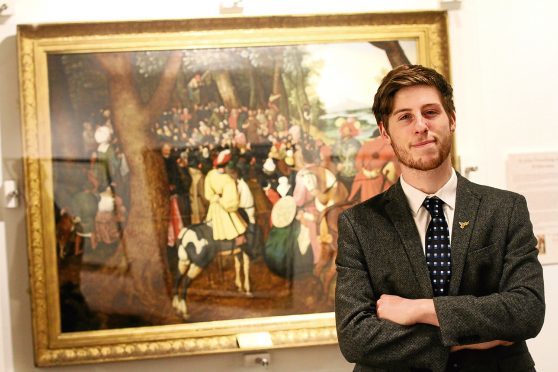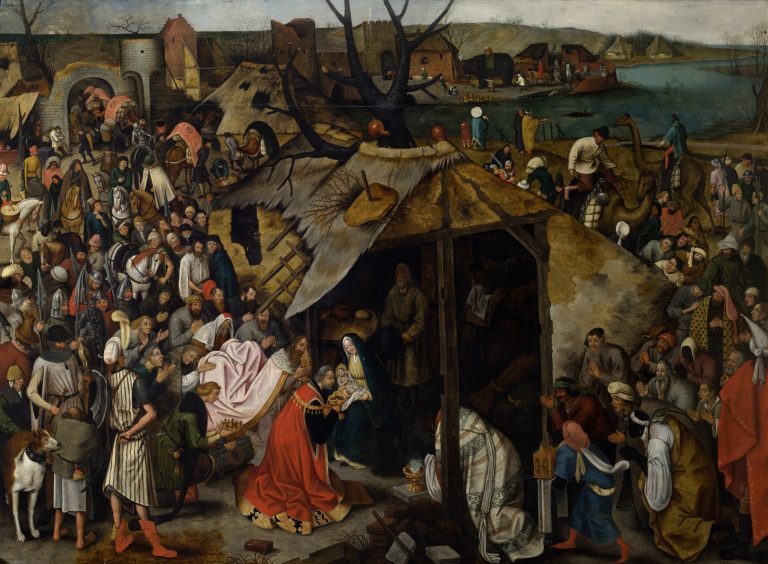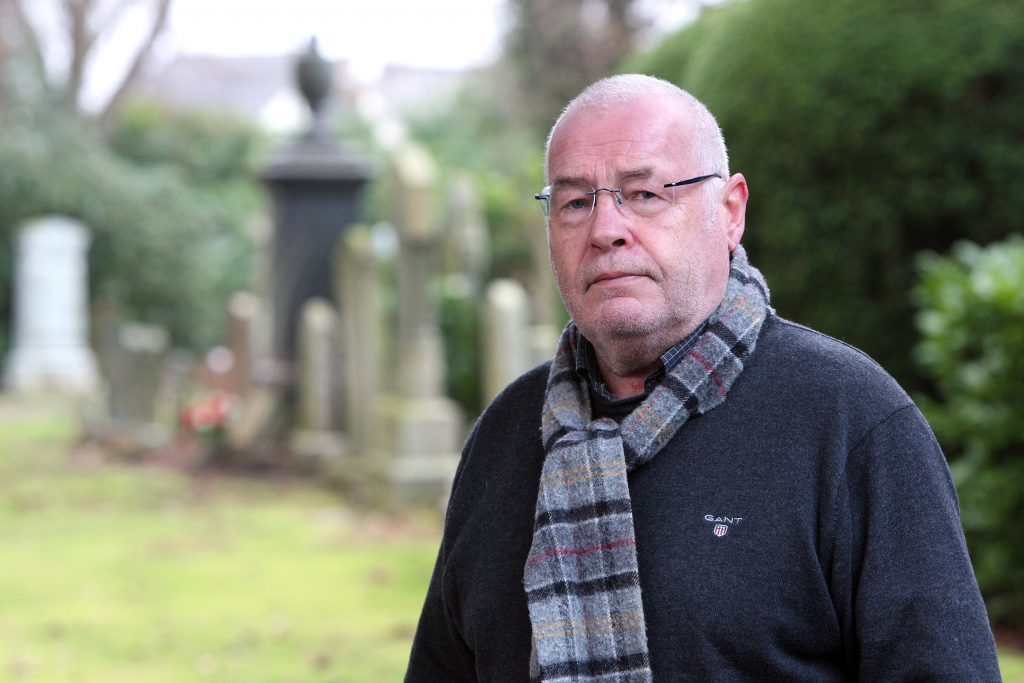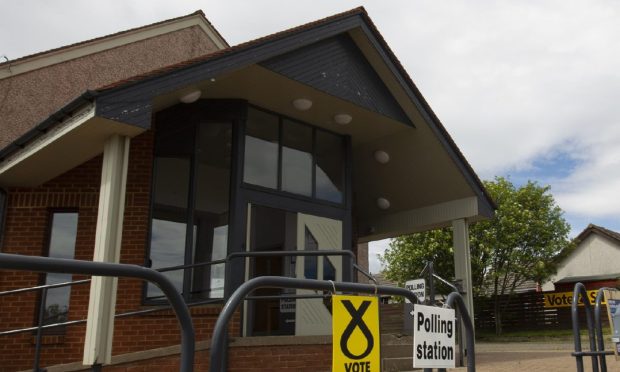An Angus councillor has backed down from a controversial suggestion that the authority should consider flogging off its multi-million pound cultural gems.
Monifieth and Sidlaw Lib Dem Ben Lawrie has now said the sale of Arbroath’s valuable Pieter Brueghel the Younger paintings would be “short-sighted”, although he suggested they could still be rented out.
The apparent U-turn follows months of debate on the subject which flared again last week when the Scottish Government was urged to introduce a moratorium on the sale of council-owned cultural assets.
Mr Lawrie said: “I agree that the outright sale of council-owned art work would be short-sighted.
“However I do think that we should make use of the many council-owned paintings currently not even on display to the public.
“There are options such as renting them out so that they can be put on display for the public while the council raises some income to help ease increasing financial pressures.”
Angus Council owns two paintings by Pieter Brueghel the Younger, worth in excess of £2 million each, which are on display at Arbroath Library.
Five other works, worth a total of £670,000, are not on public display.
Mr Lawrie previously called for a debate on their sale, prompting Arbroath Independent councillor David Fairweather to say he would “strangle” anyone who suggested offloading the “family treasures”.
Mr Fairweather has now called for a Scotland-wide moratorium, prohibiting the sale of cultural assets without ministerial approval.
He said: “Quite rightly, the suggestion that these magnificent paintings could be sold was met with an immediate and sustained backlash.
“The fact is however that we have seen a number of local authorities across Scotland dip into their financial reserves already, leaving them severely depleted.
“Councils are struggling to deliver services and may begin to look at the sale of important cultural assets in order to make ends meet.
“However, the proceeds of any sale would only be a temporary fix at best, and would soon see a local authority back to square one – minus the cultural assets they started with.”
As well as provoking widespread condemnation from local politicians and art lovers, Councillors Lawrie’s suggestion prompted a warning from Museums Galleries Scotland (MGS) that offloading artefacts would put the council at risk of breaching a national code of ethics, and threaten future grant funding.
Joanne Orr, chief executive of the MGS said: “Financially motivated sale of any item from the council’s museum collections would be in breach of the Museum Association’s Code of Ethics, putting the service at risk of being removed from the UK-wide museums accreditation scheme.
“The loss of accreditation could affect the ability to apply for grant funding in the future as membership of the scheme is a requirement for many major funding bodies across the UK, including MGS.”
A Scottish Government spokesman said the sale of council assets was a matter for individual local authorities.
He said: “Local authorities are subject to a statutory duty to secure best value, under which they are expected to be open and transparent in transactions, and demonstrate responsiveness to the needs of communities, citizens, customers and other stakeholders.
“In the case of common good property, local authorities must also comply with the legal rules that govern the disposal of such property.”












